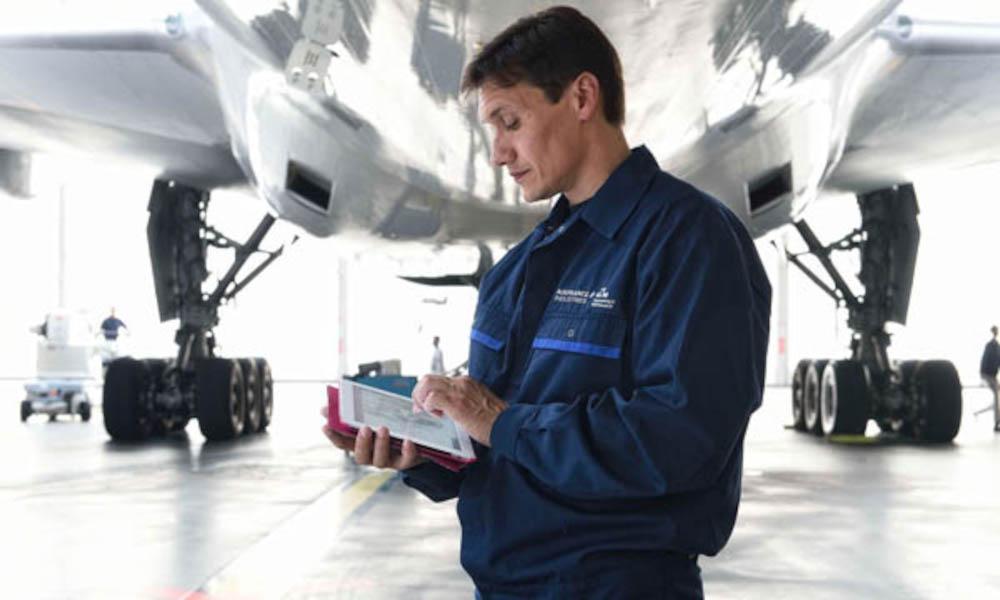
Despite the difficulties of the past two years, some MRO providers have continued to invest in digital solutions to meet the demands of the post-pandemic market.
One such company is Air France KLM Engineering & Maintenance (AFI KLM E&M), which continued to develop its Prognos product during the pandemic.
"To save costs and to face an unprecedented and unique situation, predictive maintenance solutions are a priority for us," Rik van Lieshout, digital products and services manager at AFI KLM E&M, tells Inside MRO.
Van Lieshout says that despite the economic situation of the aftermarket, the company has continued to develop and further improve its predictive maintenance suite. "We have developed in the last two years new algorithms to increase the number of ATA chapters covered by predictive maintenance solutions," he explains.
Examples of such solutions include health-tracking of fuel tank engine sensors, enabling them to be replaced at opportune times rather on failure, since doing so requires entry to the aircraft fuel tank.
Going forward the MRO arm of Air France-KLM aims to take advantage of developments in artificial intelligence and big data to generate increasing amounts of targeted information.
The new-technology aircraft entering the Air France-KLM group fleet will provide even more opportunities for predictive maintenance, equipped as they are with more sensors and more real-time communication, although van Lieshout notes that older aircraft also come with the benefit of unique datasets.
“The extensive maintenance experience and historical data on legacy aircraft types is definitely advantageous for developing algorithms. On the other hand, newer generation aircraft tend to have more onboard sensors and better connectivity, so the missing ‘length’ of the data is made up by ‘wider’ data in terms of parameter scope.”
For an in-depth look at predictive maintenance, see the next issue of Inside MRO.




